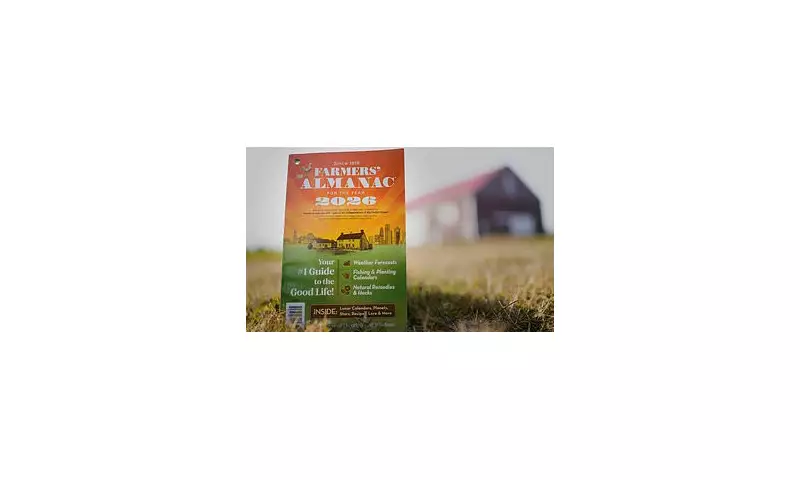
After an incredible 207-year journey through American life, the beloved Farmers' Almanac has announced it will publish its final edition in 2026, marking the end of an era for one of the nation's most trusted resources.
The End of a Publishing Era
The publishers confirmed this week that the 2026 edition will be the last, with the publication ceasing operations entirely by December of that year. Editor Sandi Duncan and Editor Emeritus Peter Geiger made the difficult announcement, citing soaring printing costs and declining physical copy sales as the primary reasons for their decision.
In a heartfelt statement, they expressed: "We're grateful to have been part of your life and trust that you'll help keep the spirit of the Almanac alive." The publication's website, which currently manages subscriptions, will also go dark after December, with no plans to transition to a digital-only format.
Technology Claims Another Victim
The truth behind the almanac's demise reflects a broader cultural shift. In today's digital age, free weather apps, smartphones and websites provide instant forecasts that can adjust by the second, making the annual publication's seasonal predictions seem outdated by comparison.
Founded in 1818 by New Jersey teacher and astronomer David Young, the Farmers' Almanac became famous for its homespun wisdom, offering guidance on everything from fishing days and quitting smoking to weather patterns and tidal information. Its folksy tone and "Best Days" lists based on moon phases made readers feel they were getting advice from a knowledgeable country neighbour.
Confusion and Conspiracy Theories
News of the closure sparked both heartfelt reactions and confusion among loyal readers. Some social media users immediately saw apocalyptic significance in the decision, with one posting: "Farmers Almanac ending publication in 2026 is the true sign of the end of times." Another wondered: "Makes me wonder what they know that we don't know..."
Many people mistakenly confused the Farmers' Almanac with the Old Farmer's Almanac, a completely separate publication that has been in continuous print since 1792. The confusion became so widespread that the Old Farmer's Almanac had to issue a clarification stating they "aren't going anywhere."
While both publications share similarities, they developed distinct identities over the centuries. The Farmers' Almanac maintained its traditional, neighbourly voice, while the Old Farmer's Almanac expanded to include more polished content covering gardening science, astronomy, natural remedies and even trendy topics.
A Faithful Readership Mourns
Despite the digital competition, many loyal readers expressed deep disappointment at the news. One fan wrote on the company's website: "This is crushing to hear! I never plan a trip without consulting the almanac for the weather. And I've never been disappointed!"
Another customer offered a solution: "I honestly am hurt by your decision. I am a subscriber and would be willing to pay a higher price." This sentiment highlights the challenge facing traditional print publications - even with dedicated readers willing to pay more, the economic realities of modern publishing proved insurmountable.
As for the Old Farmer's Almanac, it continues to thrive, selling approximately three million copies annually and maintaining its status as the oldest continuously published periodical in North America. Its 2026 edition is already available for preorder.
The final edition of the Farmers' Almanac will serve as a lasting tribute to a publication that guided generations through harsh winters, planting seasons and family adventures. Duncan and Geiger encouraged fans to share stories about the almanac with their children and grandchildren, ensuring its legacy continues even as the final page turns.





